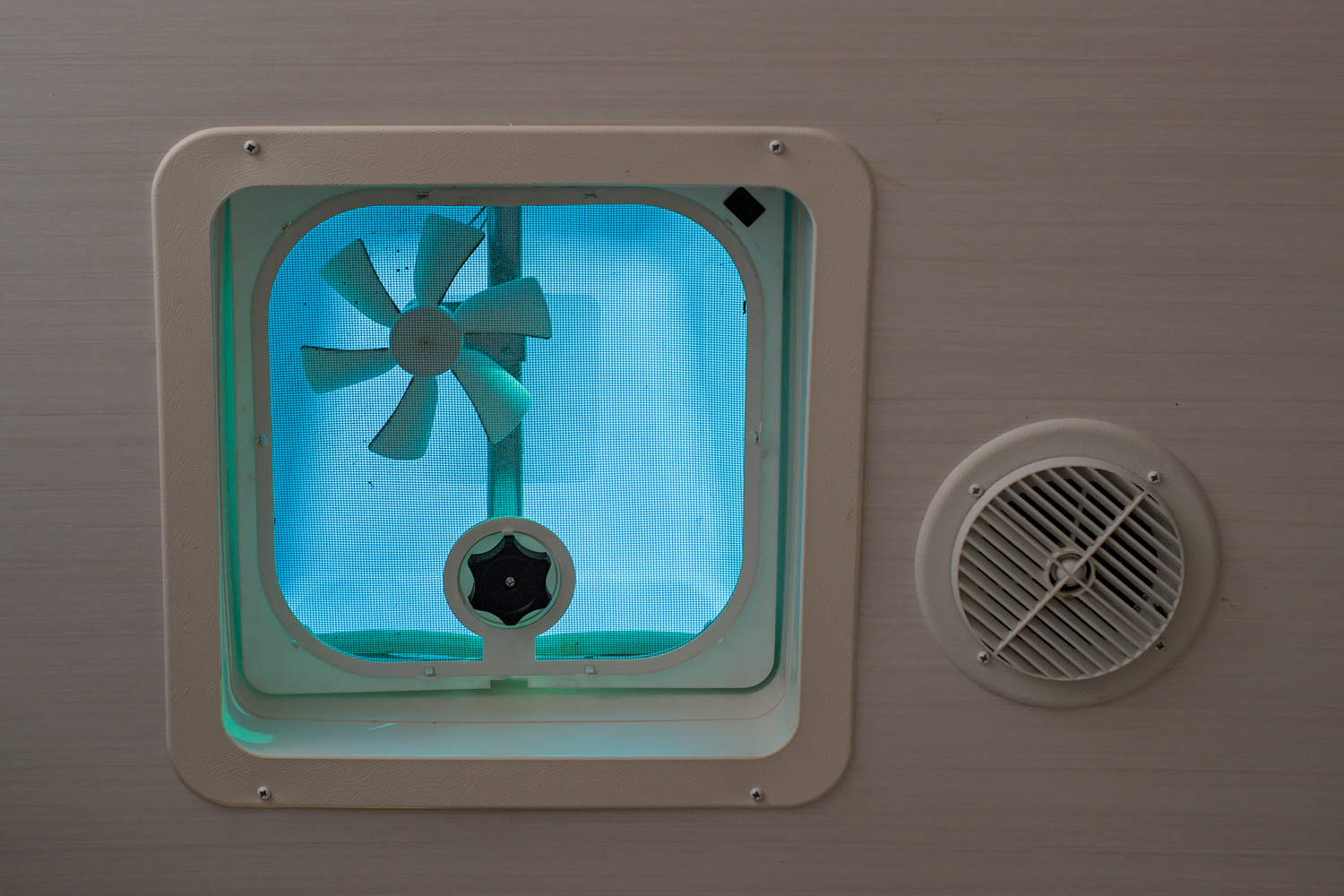HVAC Mold Problems
Visible mold on your drywall, carpet, or basement walls is trouble. But mold in your HVAC (heating, ventilation, air conditioning) system is a real danger to you, anyone living in your home, and even your pets (Yes, some pets are allergic to mold; they can have the same reactions to mold exposure as humans). If you have mold in your HVAC system, when your furnace or AC blower comes on, the airflow can spread mold spores throughout your entire home. Mold spores will contaminate every room and every space. The longer the system operates this way, the worse your mold problem can become.
There are many health issues that are associated with mold exposure. Most of these issues are directly related to the respiratory system. They include asthma attacks, coughing, runny nose, sneezing, and other allergic reactions. Still other issues involve eye irritation, skin rashes, a general sense of fatigue or depression, shortness of breath, and a sore, scratchy throat. If you or any of your family members are feeling these types of symptoms, especially when they spend extended time in the home, you may have a mold problem.
Is an Infected HVAC System a Possibility?
If you can detect a musty smell in one or more rooms in your home, but there are no visible signs of mold, you may have an unseen mold problem. Do the smells seem to be worse when the furnace of air conditioning is running? If so, the problem could be in your HVAC system. Mold spores easily become airborne where they can be inhaled by the home’s occupants. Mold spores are not visible to the naked eye (they average in size from 10 to 30 microns; that’s smaller than the width of a common-sized human hair) and the best way to determine whether there is a mold contamination problem is to have your home and HVAC system tested through air sampling. Air sampling involves capturing a known volume of air and measuring the number of pollutants that are in it. The result of that sampling will be expressed in parts per million. Mold contamination is considered present in a building when the total mold spore concentration per cubic meter of air exceeds 10,000. However, certain species of molds may be considered to be dangerous at much lower counts.
Common Causes of Mold in HVAC Systems
Moisture condensation is the largest cause of mold growth in any HVAC system. During warmer seasons, cooler air is being pushed through vents and sometimes moisture will condensate along the sides of the ductwork. Because HVAC systems are warm, dark environments, they can be an excellent breeding ground for mold.
Another common cause is improper sizing of AC systems. Your system may be over-sized or under-sized and this allows for inefficient operation of the entire system, which may lead to condensation issues.
Yet another problem is caused by condensed moisture pooling in the HVAC system’s drain pan or a clogged condensation line.
How To Remediate Mold in HVAC Systems
Before beginning remediation, you must always find and eliminate the source of any excess moisture or water in the system. The next very important thing to do is to turn off the HVAC system. You don’t want the blower fan to suddenly come on during remediation efforts. Containment of the HVAC system is always a concern and must be established at the start of any HVAC mold removal process.
When cleaning mold, there are many types of chemicals and cleaners that can be used. That said, it could be very tricky, not to mention dangerous, by attempting to accomplish this task on your own. Professionals have several different mechanical means of cleaning, including brushes, blowguns, air whips, and vacuums to dislodge mold inside of air ducts and then to push or pull the mold into specialized collection devices. They also know what type of antimicrobial or biocide chemicals can safely be introduced into an HVAC system for cleaning and sanitation purposes.
DIY Mold Remediation For HVAC
Personal protection equipment, or PPE, is the essential first step for the DIY individual. Gloves, safety goggles, and a N-95 rated respirator mask are required to protect yourself when remediating mold.
Once again, make sure the system is shut down. Turn off the appropriate circuit breaker(s) to make sure that the furnace or air conditioning unit will not accidentally be turned on. Remove any furnace filters, bag them up, seal the bags closed, and dispose of them. Next, choose a cleaning solution containing baking soda, borax, or household detergent and mix it appropriately with water. (Use 1 teaspoon of detergent with ½ cup of baking soda and 1 cup of water; or use 1 part borax with 16 parts water). Fill a spray bottle with the solution.
Using a HEPA (high efficiency particulate air) vacuum, remove as much visible mold as possible. Then generously apply your cleaning solution on the moldy areas and allow the solution to dwell for several minutes. Using disposable towels, wipe the areas where you see any mold. Then repeat vacuuming with the HEPA vacuum. You may need to repeat this entire process several times, especially if there is a large amount of mold present. Don’t forget to bag and seal the dirty towels before placing them in a trash receptacle.
Lastly, apply a mold inhibitor to control mold growth inside the system. Make sure that you use only EPA registered products that are intended for use on heating and cooling systems. Keep in mind that mold can grow in as little as 48 hours, so after a couple of days you should re-inspect your system.
EPA Recommendations and Warnings
The Environmental Protection Agency recommends hiring a professional HVAC cleaning professional if you suspect you may have a mold problem inside your HVAC system. The mold removal process is intensive and specific procedures need to be followed to ensure that safe, effective mold removal is accomplished. Also professional remediation companies have equipment, cameras, and training that the average homeowner doesn’t have access to.
A professional company will prevent the mold from returning in the future, while at the same time protecting you and your family from the many health issues that mold can cause. If you suspect a mold problem in your HVAC system, you should consult with a mold remediation company before attempting to do the work yourself. A nationally certified mold remediation company like Water Mold Fire Restoration can advise you of the options that may be available to you to solve your mold problem. WFM can be contacted at 800-905-0277 at anytime of the day or night. Or we can be reached by email at help@watermoldfire.net.








